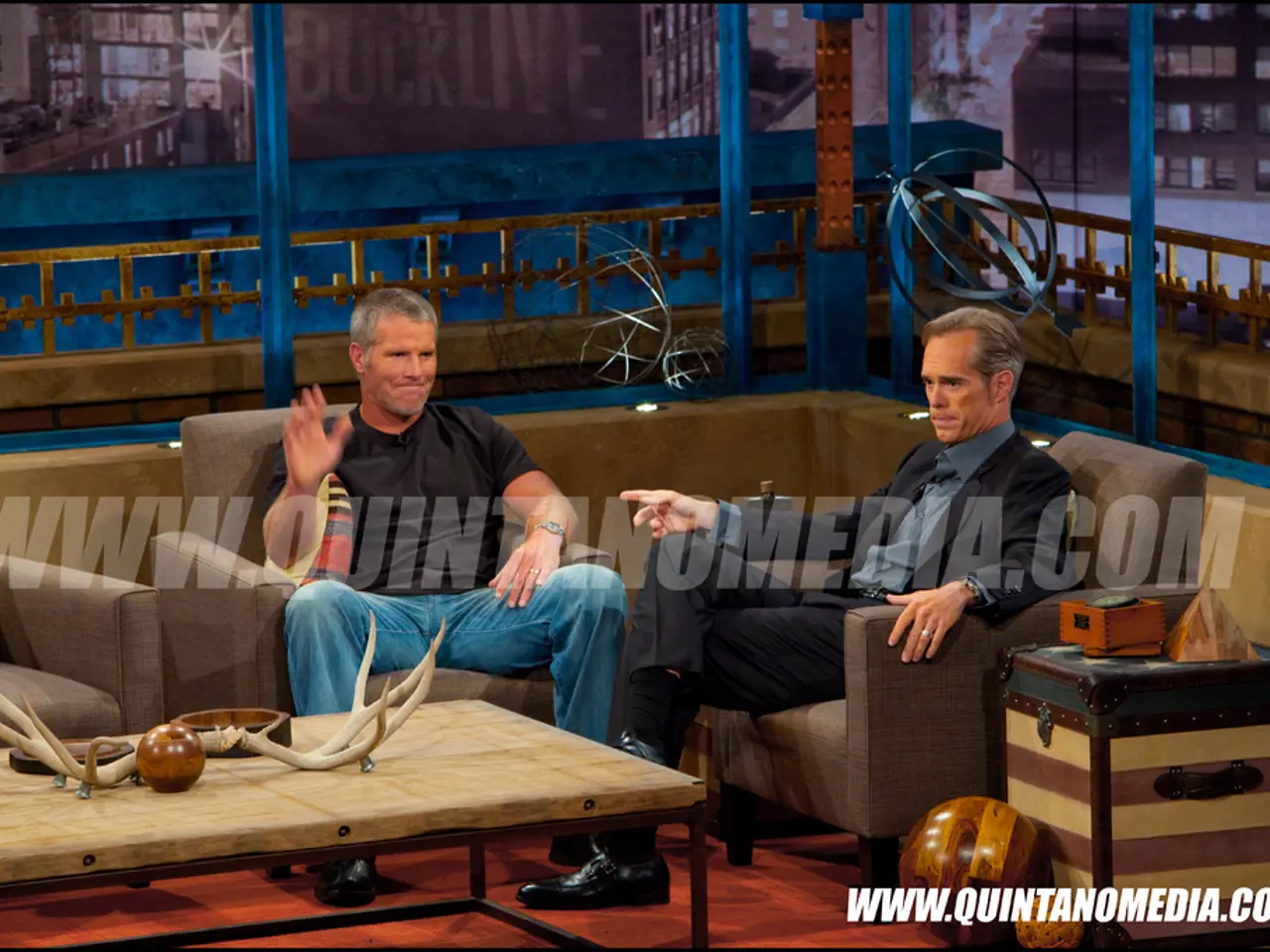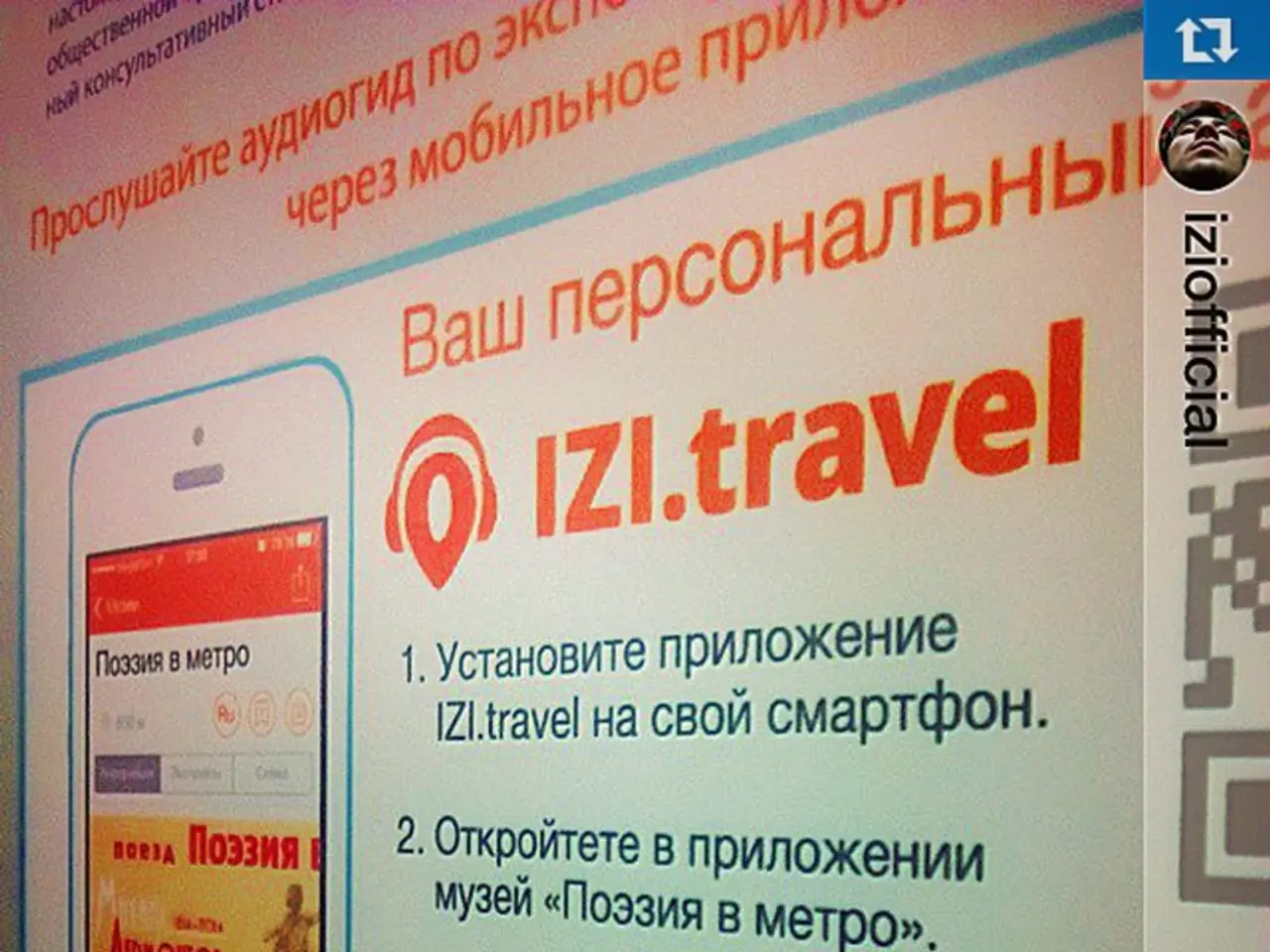Impact of a Legal Dispute on Your Employment Approach
In the wake of an injury lawsuit, companies are faced with a significant challenge in their hiring strategies and employer branding. The reputation of a company as a safe and fair workplace becomes paramount, as professionals increasingly value ethical, transparent, and secure workplaces.
The lawsuit often signals potential failures in workplace safety or management responsiveness, creating a perception of a toxic or unsafe environment among both current and prospective employees. This negative reputation can lead to lower morale, higher turnover, and challenges in attracting quality hires. Publicized mishandling or negligence, such as protecting problematic employees or ignoring complaints, can amplify reputational damage and legal liabilities.
To address these issues, HR teams should adopt proactive measures to cultivate a safety-first culture post-litigation. This includes establishing robust health and safety policies, conducting regular and effective training sessions, and maintaining clear, accessible channels for reporting safety concerns or hazards. Swift and fair disciplinary actions for safety violations must be enforced to demonstrate seriousness.
Moreover, HR should work to rebuild trust through transparent communication about the company’s commitment to improvement and employee welfare. This could involve safety champions or committees to embed ownership of safety practices across all levels. Such efforts not only mitigate further legal risks but also enhance employer branding by showcasing the company's ethical stance and dedication to a safe work environment.
The brand as an employer lives in perception, and legal action can reshape it. Candidates now expect employers to provide clear safety training and reporting procedures. HR may need to update policies around access, verification of credentials, and red flags to reflect this expectation. Candidates might also ask about injury reporting and speaking up without fear, indicating a desire for open and honest communication.
Companies facing injury lawsuits may need to revise job descriptions and undergo a PR reset. Hiring language, interview scripts, and onboarding materials may all need a refresh to reflect the new tone set by the legal case. Employers are showcasing their safety credentials, including OSHA compliance rates, to reassure potential hires.
The legal ripples force HR and recruitment teams to rethink messaging, and the "fun, fast-paced culture" line might now read as a red flag if it's not paired with clear safety commitments. Legal firms like SutliffStout, which specialize in injury law, can uncover patterns of organizational risk that HR professionals need to address. Injury lawsuits often expose systemic gaps such as inconsistent safety training, outdated processes, and unclear reporting channels.
In summary, the impact of an injury lawsuit extends beyond immediate legal and financial consequences to influence hiring dynamics and employer reputation. HR’s role in leading a genuine shift towards a safety-first culture, characterized by prevention, responsiveness, accountability, and transparency, is critical in overcoming this challenge and fostering a resilient, positive workplace image.
- The legal battle necessitates HR teams to revise their approach towards health and safety, as professionals now seek employers who prioritize a culture of workplace wellness and health, demonstrated through clear safety training, transparent communication, and robust safety policies.
- To rebuild trust and protect their employer brand, companies might need to reconsider their hiring strategies, focusing on emphasizing safety commitments rather than just highlighting a 'fun, fast-paced culture', and potentially collaborate with experts in workplace health and safety, such as SutliffStout, to identify and rectify systemic gaps in their safety practices.




